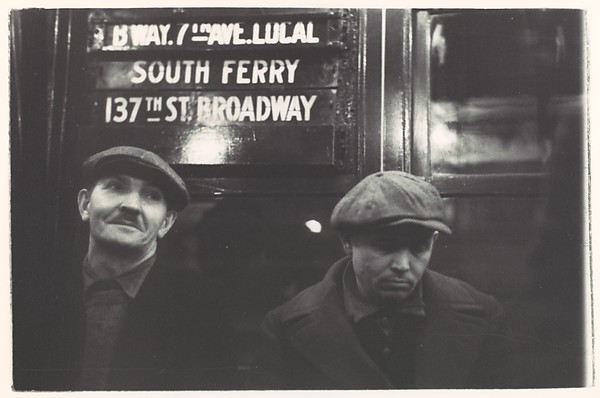Rules of Civility: Questions For Consideration
Click image to enlarge
Five years ago, three friends and I set out to read some of the “great books” – or those works of literature which would merit re-reading several times over the course of our lives. We started with Marcel Proust’s Remembrance of Things Past and have since worked through the works of Twain and Faulkner, Cervantes and Marquez, Tolstoy and Nabokov – meeting once a month for dinner, dwelling on our favorite passages, on themes and ambiguities, sharing our perspectives.
As someone who has written quietly for twenty years, the notion that a group might gather to discuss a book of mine seems something so fantastic it must be a mirage. So, if you’ve come this far, I owe you my heartfelt thanks.
What follows are some questions for discussion. You may submit your thoughts or questions to me at my Contact page on this site.
Amor Towles, New York, New York, 2011
1.) At the outset, Rules of Civility appears to be about the interrelationship between Katey, Tinker, and Eve; but then events quickly lead Eve and Tinker off stage. Are Dicky Vanderwhile, Wallace Wolcott, Bitsy, Peaches, Hank and Anne Grandyn as essential to Katey’s “story” as Tinker and Eve? If so, what role do you think each plays in fashioning the Katey of the future?
2.) Katey observes at one point that Agatha Christie “doles out her little surprises at the carefully calibrated pace of a nanny dispensing sweets to the children in her care.” Something similar could be said of how Katey doles out information about herself. What sort of things is Katey slow to reveal; and what drives her reticence?
3.) After seeing Tinker at Chinoisserie, Katey indicts George Washington’s “Rules of Civility” as “A do-it-yourself charm school. A sort of How to Win Friends and Influence People 150 years ahead of its time.” But Dicky sees some nobility in Tinker’s aspiration to Washington’s rules. Where does your judgment fall on Tinker? Is Katey wholly innocent of Tinker’s crime? Where does simulation end and character begin? Which of Washington’s rules do you aspire to?
4.) A central theme in the book is that a chance encounter or cursory decision in one’s twenties can shape one’s course for decades to come. Do you think this is true to life? Were there casual encounters or decisions that you made, which in retrospect were watershed events?
5.) When I told my seven-year-old son that I had written a book that was going to be published, he said: That’s great! But who is going to do the pictures…?While the Walker Evans portraits in the book may not meet my son’s standards of illustration, they are somewhat central to the narrative. But, in addition, there are the family photographs that line Wallace Wolcott’s wall (including the school picture in which Tinker appears twice); there are the photographs of celebrities that Mason Tate reviews with Katey at Condé Nast; there are the pictures that end up on Katey and Valentine’s wall. Why is the medium of photography a fitting motif for the book? How do the various photographs serve its themes?
6.) One of the pleasures of writing fiction is discovering upon completion of a project that some thread of imagery has run through the work without your being aware – forming, in essence, an unintentional motif. While I was very conscious of Photography as a motif in the book, and the imagery of Fairy Tales, here are two motifs that I only recognized after the fact: Navigation (expressed through references to the Odyssey; to the shipwrecks of the Titanic, Endurance and Robinson Crusoe; and through Thoreau’s reckoning and pole star metaphors); and The Blessed and the Damned (expressed through scattered references to churches, Paradise, the Inferno, Doomsday, Redemption Day, the Pieta and the language of the Gospels.) What role do these motifs play in the thematic composition of the book? And if you see me in an airport, can you please explain them to me.
7.) Upon completion of this book, one of my guilty pleasures has been imagining how Eve was doing in Hollywood. When Eve says, “I like it just fine on this side of the windshield” what does she mean? And why is the life Tinker offers her so contrary to the new life she intends to pursue?
To satisfy my own curiosity, I eventually wrote a series of six interlinked short stories called Eve in Hollywood. I expect these stories to be included in a forthcoming collection of my short stories.
8.) When Tinker sets out on his new life, why does he intend to start his days saying Katey’s name? What does he mean when he describes Katey as someone of “such poise and purpose”? Is the book improved by the four sections from Tinker’s point of view, or hindered by them?
9.) T.S. Eliot’s “The Love Song of J. Alfred Prufrock” is referenced in the book’s Preface and its Epilogue. Why is that poem somehow central to Katey’s 1969 reflections on her 1938 experiences?
10.) Please don’t answer this last question until the wine glasses are empty and the waiters are waiting impatiently to clear your table: In the Epilogue, Katey observes that “Right choices are the means by which life crystallizes loss.” What is a right choice that you have made and what did you leave behind as a result?

